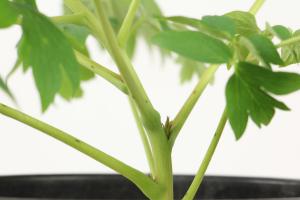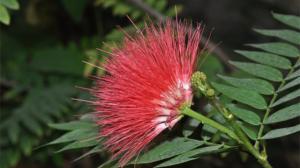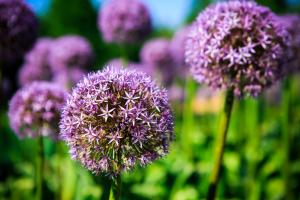What Are Wetlands Where Water Covers the Land or Plants
Wetlands are unique ecosystems that are characterized by having water either covering the land or having saturated soil that is too wet to support most upland plants. Wetlands can be found all over the world, and they can take the form of marshes, bogs, fens, swamps, and other types of terrain.
The Importance of Wetlands
Wetlands are incredibly important for both the environment and the people who rely on them. Not only do they provide a vital habitat for a wide variety of plants and animals, but they also play a crucial role in mitigating climate change. Wetlands have a remarkable ability to absorb and store carbon, which helps to reduce the amount of greenhouse gases in the atmosphere.
In addition to their environmental benefits, wetlands also provide important services to humans. They help to purify water, prevent flooding, recharge groundwater, and provide recreational opportunities such as fishing, hunting, and birdwatching.
Types of Wetlands
There are several different types of wetlands, each with their own unique characteristics and plant and animal communities. One of the most common types of wetlands is a marsh, which is a shallow wetland that typically has emergent vegetation such as cattails, reeds, and sedges. Marshes are often found in areas that flood regularly and are therefore prone to having standing water for long periods of time.
Bogs are another type of wetland that are characterized by having acidic, nutrient-poor soil. They are typically dominated by peat mosses and other bog-loving plants such as cranberries and pitcher plants. Bogs are often found in areas where there is a lot of precipitation, and they can form in depressions left behind by glaciers.
Fens are similar to bogs in that they have nutrient-poor soil, but they are characterized by having alkaline instead of acidic water. Fens are often fed by groundwater and have a diverse plant community that includes sedges, grasses, and wildflowers. They are typically found in areas with a high water table and little to no trees.
The Threats to Wetlands
Despite their importance, wetlands are facing a number of threats from human activity. Wetlands are often drained to make way for agriculture, urban development, and other types of land use. This can have serious consequences for the plants and animals that rely on wetlands, as well as the people who depend on them for services such as flood control and water purification.
In addition to direct loss, wetlands are also threatened by pollution, climate change, and invasive species. Pollution from agricultural runoff, urban runoff, and other sources can degrade water quality and harm the plants and animals that live in wetlands. Climate change is also affecting wetlands by causing sea levels to rise and altering precipitation patterns, which can cause wetlands to become too dry or too wet for plants and animals to survive. Invasive species can also take over wetlands and outcompete native plants and animals, further disrupting these important ecosystems.
The Importance of Conservation
Given the many benefits that they provide, wetlands are an important resource that must be conserved and protected for future generations. Governments and conservation organizations around the world are working to protect wetlands through a variety of means, including designating protected areas, restoring degraded wetlands, and promoting sustainable land use practices that minimize the impact on wetlands.
Individuals can also play a role in protecting wetlands by supporting conservation efforts and reducing their own impact on the environment. This can include reducing water usage, properly disposing of waste, and advocating for policies that protect wetlands and other important ecosystems.
Conclusion
Wetlands are incredibly important ecosystems that provide important environmental, economic, and social benefits. However, they are under threat from a variety of human activities, and it is up to all of us to work together to ensure that these valuable resources are conserved and protected for future generations.

 how many times do yo...
how many times do yo... how many planted tre...
how many planted tre... how many pine trees ...
how many pine trees ... how many pecan trees...
how many pecan trees... how many plants comp...
how many plants comp... how many plants can ...
how many plants can ... how many plants and ...
how many plants and ... how many pepper plan...
how many pepper plan...






























